Boleto Turistico
The Cusco tourist ticket
Boleto Turistico Cusco
Boleto turistico is Spanish for tourist ticket. It is an entrance ticket which allows you access to various archaeological sites, museums and other types of attractions in and around Cusco. There are various types of tickets. This page will help you choose the ticket that suits you and your travel plans best!
Boleto turistico – General
| Which places can you visit with this ticket? | Valid for | Price in Soles | Price in USD |
| All 16 | 10 consecutive days | 130 soles | Approx. 34 USD |
This is the most popular ticket, giving you entrance to all 16 places in and around Cusco.
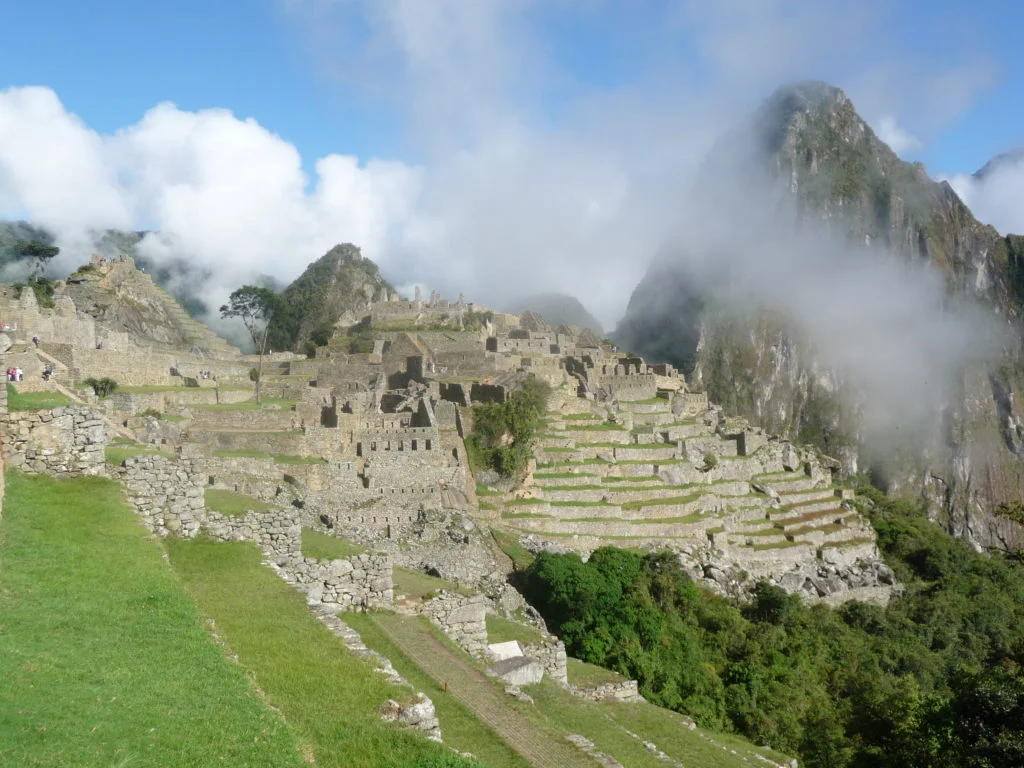
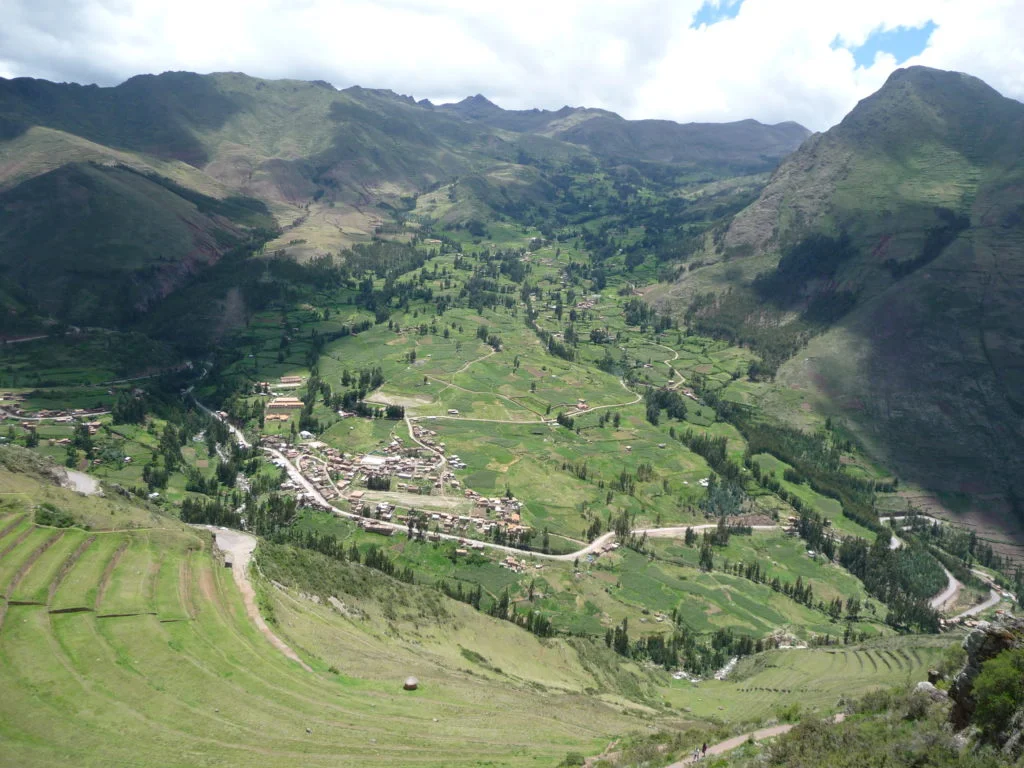
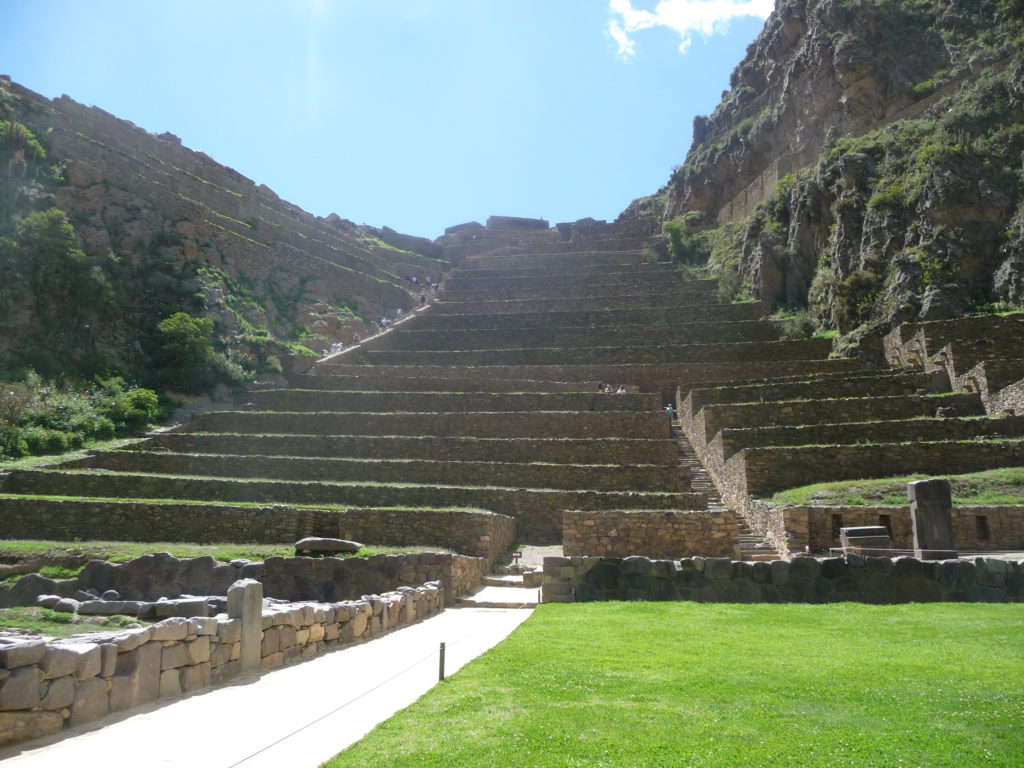
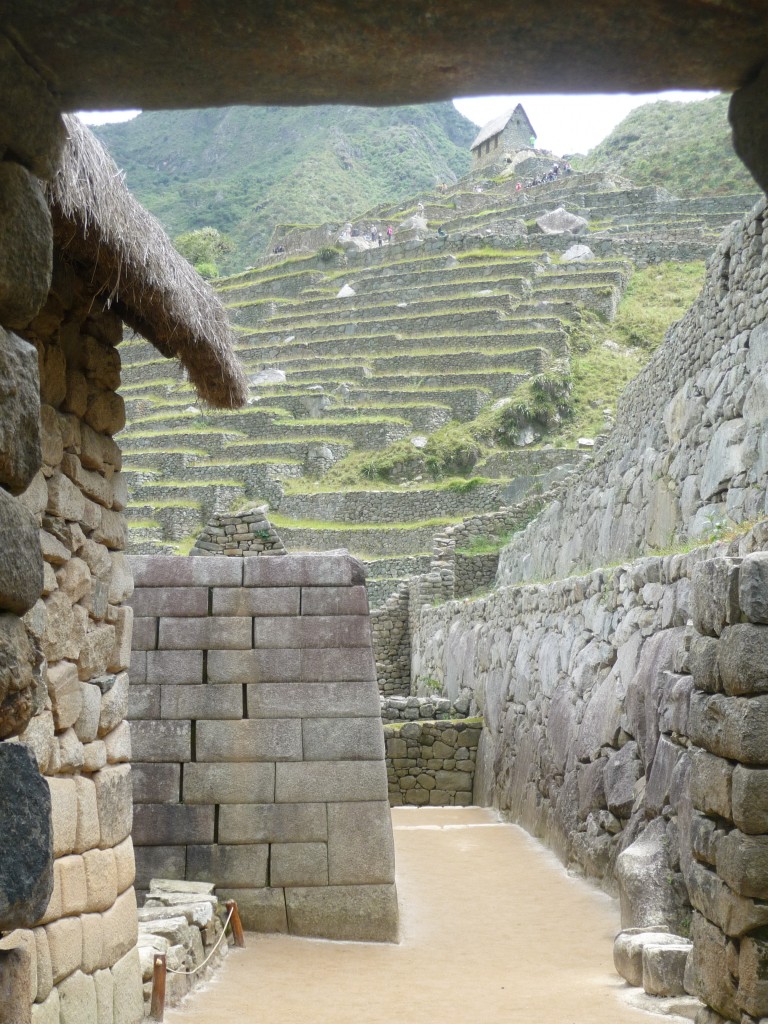
Boleto turistico – Circuito 1
| Which places can you visit with this ticket? | Valid for | Price in Soles | Price in USD |
| Sacsayhuaman, Q´enqo, Pukapukara and Tambomachay | 1 day | 70 soles | Approx. 18 USD |
These are the archaeological sites that you will visit on the Cusco city tour. With some of the horseback tours you will need this ticket as well, so be sure to ask first.
Boleto turistico – Circuito 2
| Which places can you visit with this ticket? | Valid for | Price in Soles | Price in USD |
| Museum of popular art, museum of contemporary art, museum of regional history, museum of Qoricancha, the statue of Pachaquteq, the dance show at Qosqo Center, Tipon and Piquillacta. | 2 days | 70 soles | Approx. 18 USD |
You will need this ticket if you want to go on the Valle Sur tour or go to the museums and/or dance show. Note that the ticket is only valid for 2 consecutive days.
Boleto turistico – Circuito 3
| Which places can you visit with this ticket? | Valid for | Price in Soles | Price in USD |
| Pisaq, Ollantaytambo, Chincheros and Moray | 2 days | 70 soles | Approx. 18 USD |
These are the archaeological sites that you will visit with the Valle Sagrado tour and the Maras Moray tour. If you are planning on doing them both, please note that the ticket is only valid for 2 consecutive days.

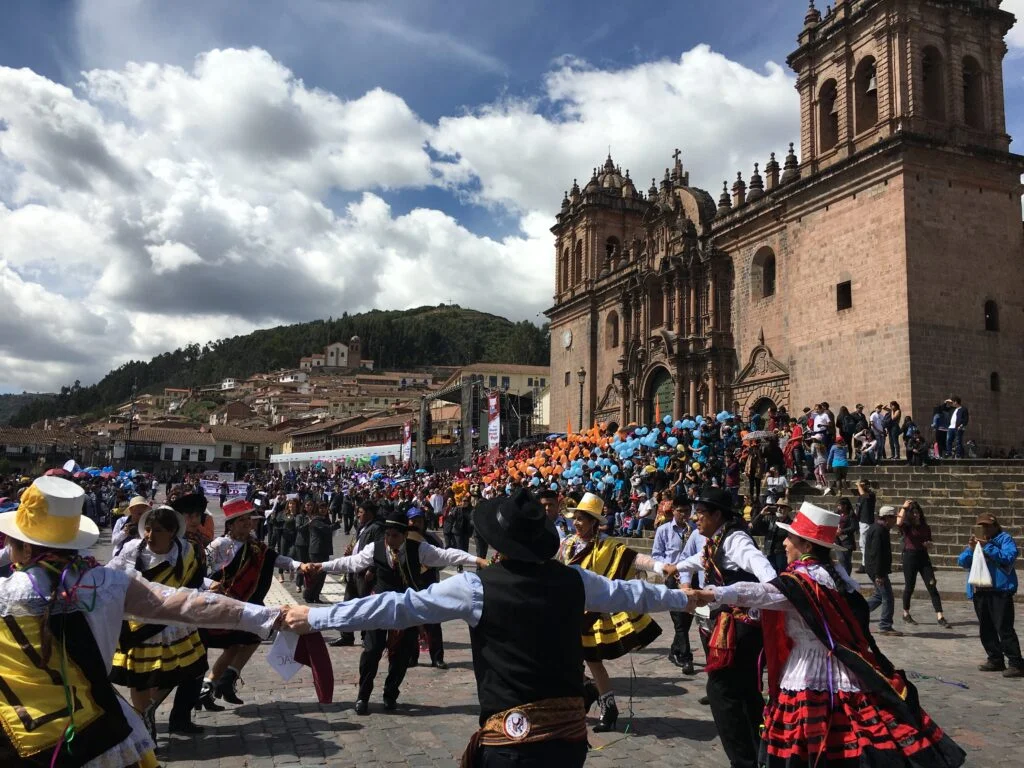
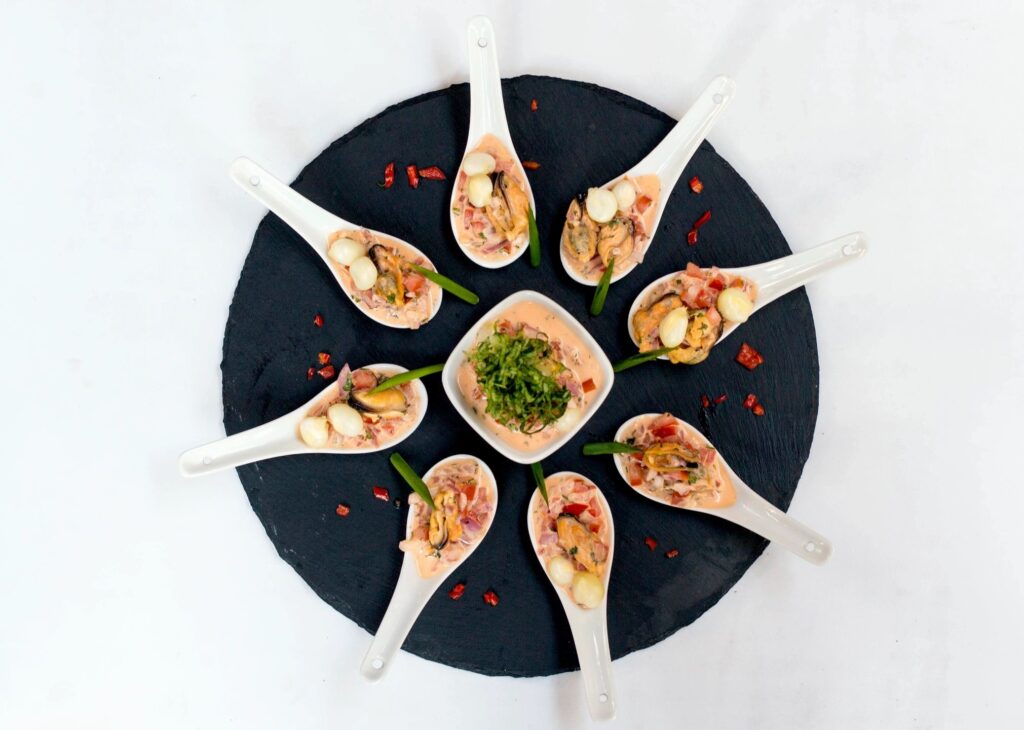
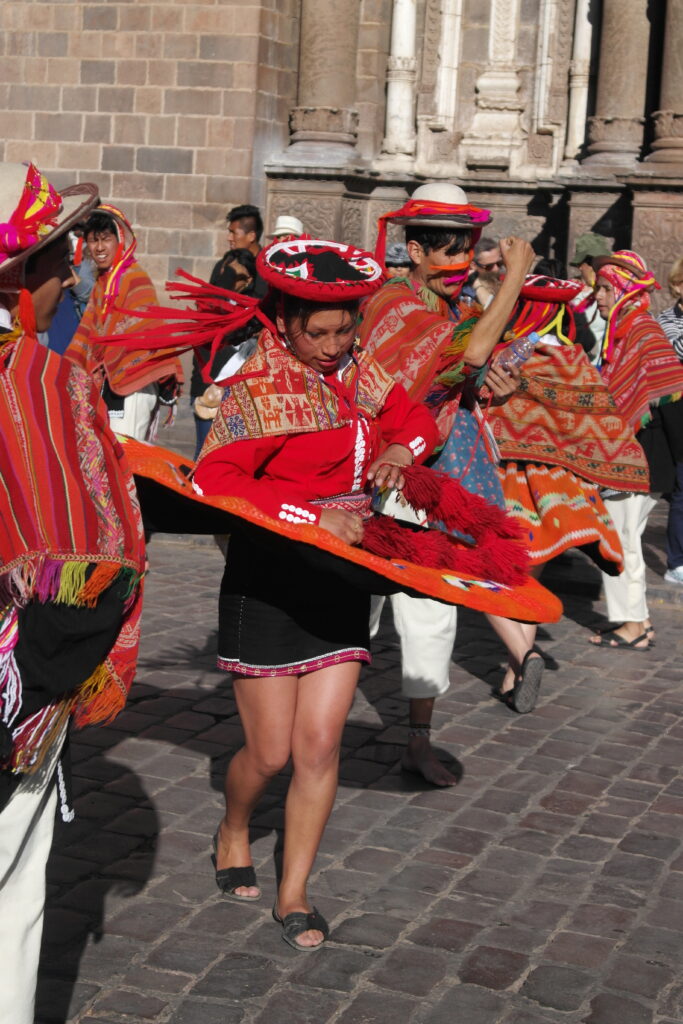
Which ticket will you need?
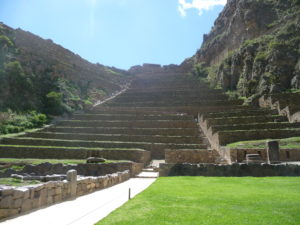
First of all, there are 16 attractions you can visit with the ticket. You will find a list below. There are 4 different tours for which you will need the ticket: the City tour, the Valle Sur tour, the Maras Moray tour and the Valle Sagrado (Sacred Valley) tour. We recommend you to buy the boleto turistico general if you are planning to go on 2 or more of these tours. Or if you plan to go one 1 of these tours and visit the dance show and/or the museums. But if you are planning to do only the Valle Sagrado and the Maras Moray tour it is less expensive if you buy the boleto turistico – circuito 2.
If you decide to buy the boleto general be sure to plan your trips within a time span of 10 days, as the ticket is only valid for that long.
Is there a student discount available?
Yes, you can apply for a discount if you have a valid ISIC card and are under 25 years old. The Boleto General will cost 70 soles instead of 130 soles, and the partial ones will costs 40 soles instead of 70. If you are a student but you don´t have an ISIC card you can apply for one in Cusco. The office is on the main square at Portal de Panes 123 office 303. The student card will cost you about 35 soles, but it will give you a 20 USD discount on your Machu Picchu ticket and the discount on the boleto turistico. And you will probably obtain discounts in other places as well.
List of all 16 sites
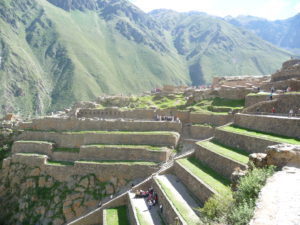
Sacred Valley of the Incas:
- Pisaq
- Thirty-three kilometers from the city of Cusco, it includes a set of buildings corresponding to the period of the peak of Inca development where the religious, urban and agricultural sector can clearly be distinguished. It has one of the largest cemeteries in Tawantinsuyo. The town of Pisaq is also well known for its Sunday market.
- Chincheros
- Thirty kilometers from the city of Cusco, this district is surrounded by a magnificent landscape flanked by the snow-capped mountains of Chicon and Wequey Willca or Verónica. In the Archaeological Park you can find the remains of what was the royal estate of Túpac Inca Yupanqui and next to it a beautiful colonial temple built on Inca bases.
- Moray
- At first glance it appears to be a kind of amphitheater, but in reality it was an agricultural experimental center corresponding to the Pre-Inca and Inca times, made up of hills, natural depressions of various dimensions where there are concentric platforms, artificial plains, canals, aqueducts and two water reservoirs located in the upper part of the complex.
- Ollantaytambo
- Ninety-four kilometers from the city of Cusco, considered a monumental work of Inca architecture, it was a military, religious, administrative and agricultural complex. The main temple stands out, partially destroyed where the front stone canvas formed by perfectly assembled pieces can be seen.
Cusco:
- Municipical museum of contemporary art – Museo Municipal de Arte
- Founded in 1995, it has two exhibition rooms where traveling exhibitions are presented, works by contemporary artists such as Hilario Mendivil, Edilberto Mérida, Antonio Olave among others.
- Regional Historical Museum – Museo Histórico Regional
- It was the house of the renowned Cusco chronicler Inca Garcilaso de la Vega Chimpu Ocllo. It has 13 rooms on the first level with paleontological and archaeological objects from the pre-Hispanic period. On the second level, cultural assets from the viceregal, republican and contemporary periods are exhibited.
- Qoricancha museum – Museo de Sitio del Qoricancha
- The museum has five rooms, in which it exhibits a collection of archaeological objects found on the Qorikancha esplanade such as ceramics, lithic and metallurgical objects, as well as cranial trepanations and mummies. You can also see models of what Qorikancha could have been like in its heyday.
- Popular art museum – Museo de Arte Popular
- It exhibits sculptures, ceramics, photographs, and other works of art by renowned contemporary Cusco artisans. They are examples of grotesque and religious crafts, typical dances, Manuelito children and more; made with original typical elements.
- Folkloric dance show – Centro Qosqo de Arte Nativo (Danzas Folkloricas)
- Founded in 1924, its purpose is the conservation and compilation of Folk Music and Dances from Cusco and Peru. Currently, it has in its repertoire 50 dances, a hundred melodies from Cusco, a large collection of traditional costumes and musical instruments. Its cast is made up of 70 artists. The Qosqo Center presents daily folk music and dance shows from various provinces, districts and communities of Cusco, as well as a museum of typical costumes and musical instruments.
- Monument of Pachacuteq (viewing point) – Monumento de Pachacuteq
- Built in 1991, it is a building with a nine-level cylindrical base and a height of 22.40 meters that serves as a pedestal for the 11.50 meter high bronze statue. At different levels there are passages from the history of Inca Pachacuteq. From the top of the monument you have a panoramic view of the Cusco valley.
Archaeological sites around Cusco:
- Saqsashuaman
- Two kilometers from the city of Cusco (3,500 meters above sea level) Saqsayhuaman etymologically means satiated falcon or marbled head. In the complex you can see zigzagging megalithic walls, bases of towers, aqueducts, tunnels, ceremonial temples, artificial lagoon, slide and the esplanade where the “Inti Raymi” sun festival is currently staged.
- Q´enqo
- Three kilometers from the city of Cusco. Etymologically it means labyrinth. It has a semicircular square with nineteen niches and a stone monolith in the central part. There is also a labyrinth-shaped passage that leads to the underground galleries. In the upper part of the rock you can see stone prominences, channels and zoomorphic figures.
- Pukapukara
- Six kilometers from the city of Cusco and at an altitude of 3,580 meters above sea level, it etymologically means “Red Fortress.” It served military and administrative control functions, as well as a place where the delegation that accompanied the Inca, who was heading to Tambomachay, stayed.
- Tambomachay
- Its name means “Place of Rest”, it is known as the Inca baths, it was a temple dedicated to water where you can see aqueducts, terraces, canals and water sources through which it flows constantly throughout the year. It is said that this complex was the place where the Inka stayed when he went hunting.
South of Cusco:
- Tipon
- Considered an icon of hydraulic engineering, it comprises a set of agricultural terraces, long staircases, water channels carved in stone and beautiful ornamental water fountains. According to legends, Tipon was one of the royal gardens that the Inca Wiracocha ordered to be built.
- Pikillacta
- They are Pre-Incan archaeological remains built during the height of the Wari Culture (500 or 900 years AD). This large urban and ceremonial center of almost two kilometers in length is made up of a citadel surrounded by embankments and walls up to seven meters high. It includes the city of Pikillaqta itself plus 23 other groups associated by proximity and functionality. In the same environment is the Huacarpay or Muyna lagoon.
Please ask us any question regarding the Boleto Turistico Cusco.
Where can I buy the boleto turistico?
You can buy the boleto turistico at Gallerias Turisticas which you will find at Avenida del Sol 103. This is just 2 minutes walking from the main square. Some archaeological sites like Moray, Sacsayhuaman or Pisaq offer to possibility to buy the ticket at their entrance.
Opening times Gallerias Turisticas:
Monday – Saturday: 08:00am to 06:00pm
Sunday: 08:00 am to 01:00 pm
